Wooden toy horse
Artefact of the month - August 2019
Homemade toys were an important part of the lives of Finnish children up until the early 20th century. For a long time, purchased toys were very rare, something that only the wealthiest families could afford. However, relatively few old homemade toys have been preserved, since they were usually played with until they fell apart and, on the other hand, were not seen to have the same value as purchased toys.
The manufacture of toys gradually started in Finnish homes and small companies in the 19th century. The commercial manufacture of toys in Finland is considered to have begun in the mid-19th century. Even though attempts were made to support the domestic manufacture of toys as part of promoting Finnish industry, toys available for purchase were still imported for a long time, from Germany and Russia in particular.
Wood was traditionally the most typical material used in Finnish toys, as it was easily available regardless of wealth. People who made toys at home knew how to make use of the varying hardness, shapes and knottiness of different wood species.
Toys strove to imitate the living environment of their users, and so wooden animals were familiar friends to children in the countryside in particular. The popularity of toy horses reflects the irreplaceable role of horses in people’s lives as means of transport, and as co-workers and travel companions alike. Some of the oldest toys preserved, wooden toy horses, have a history of thousands of years in various corners of the world. In addition to Europe, they have been found in at least Persia, China and Egypt. Mediaeval European toy horses, such as hobby horses, which were already popular then, can be seen in illustrations from the era. A mention of leather-covered wooden horses has been preserved from 1591. Rocking horses were also already known in the 16th century.
The oldest dated wooden horse in the National Museum’s ethnological collections dates from 1823. Unfortunately, the name of its original owner has been lost in the mists of time. The only information left about the owner is the initials TJ carved on the side of the horse – or perhaps they refer to the person who made the toy. The horse was donated to the museum’s collections in 1933 by farmer Viljo Jussila from the village of Tapoila in Vähäkyrö.
Almost 200 years old, this horse has seen many different times. It lost its tail somewhere along the way but still solidly stands on its wooden runner. The date of manufacture is indicated by the carving at the bottom of the runner, 1823. The runner is curved at the front and has a hole at its tip, thanks to which it was possible to pull the horse on snow. The small wooden horse was probably a cherished partner in snow games, seeing that the original runner wore out and was replaced with a similar one in 1891. This is indicated by another date carved on top of the runner.
In the 1950s, plastic started quickly replacing wood as the manufacturing material of toys. Now that attitudes towards plastic are becoming more critical and we have started to see its environmental impacts, the appreciation of wooden toys has again started to increase. Wood is considered a humane material that ages and wears over time. Old wooden toys have their own special warmth, and “in the land of memories, a simple toy has got the wings of a mythical horse.*”
The artefact is not currently displayed.
Raila Kataja
Literature:
Lehto Marja-Liisa 1996. Huwikaluja lapsille. Vanhat suomalaiset lelut. Hämeenlinna.
Pyysalo Katri 2003. Puulelujen patinaa. Nukke- ja pukumuseon julkaisu n:o 40. Tampere. Quotation p. 68.



-
2024
-
2023
-
2022
-
2021
-
2020
-
2019
-
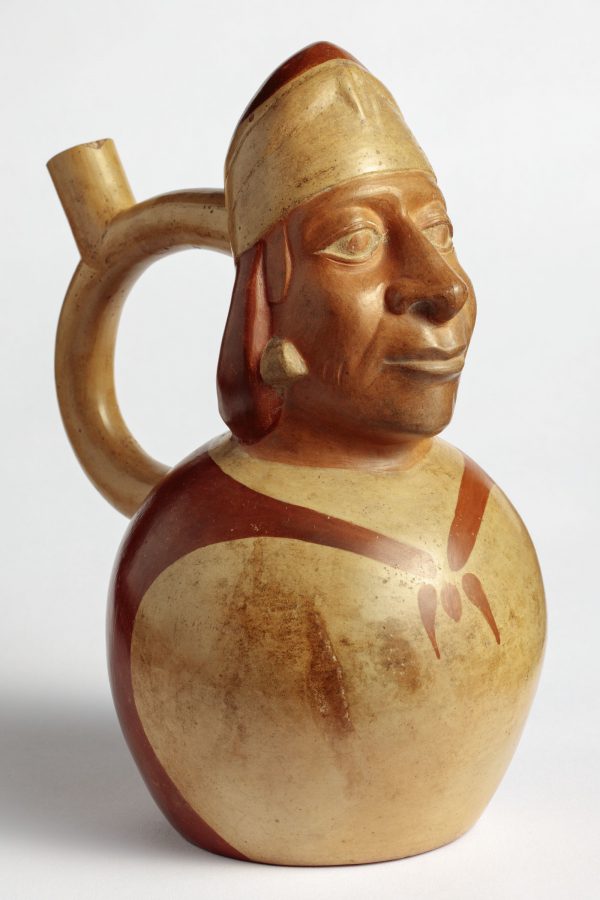 Stirrup-spouted vessel from Peru
Stirrup-spouted vessel from Peru
-
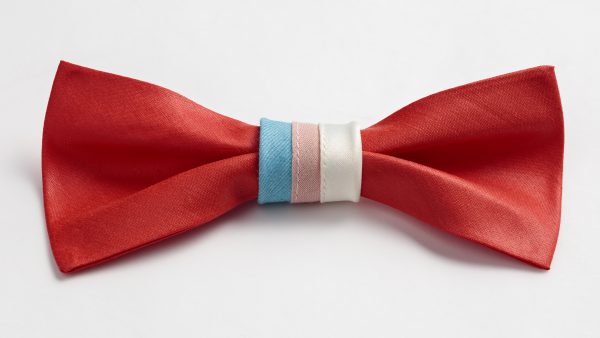 Trans pride bow – a carnival accessory and statement for human rights
Trans pride bow – a carnival accessory and statement for human rights
-
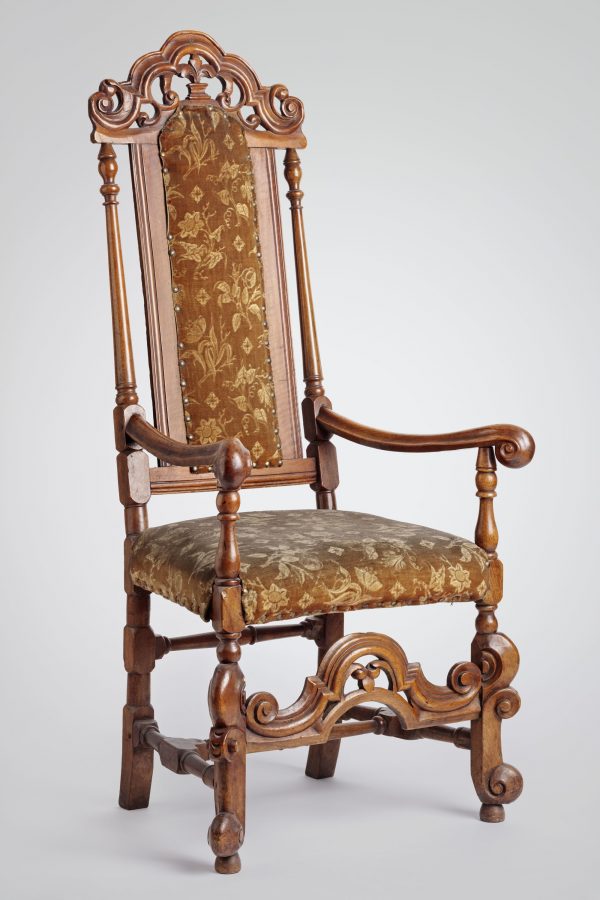 Retro upholstered baroque armchair
Retro upholstered baroque armchair
-
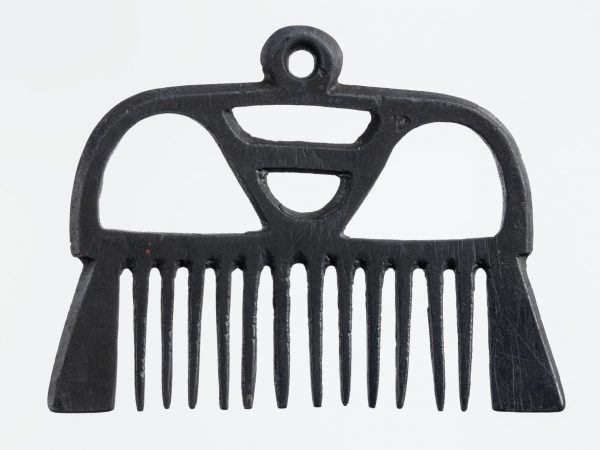 Comb pendant from the St Nikolai shipwreck
Comb pendant from the St Nikolai shipwreck
-
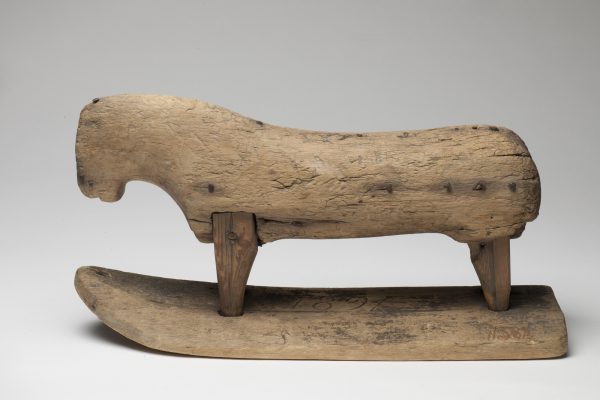 Wooden toy horse
Wooden toy horse
-
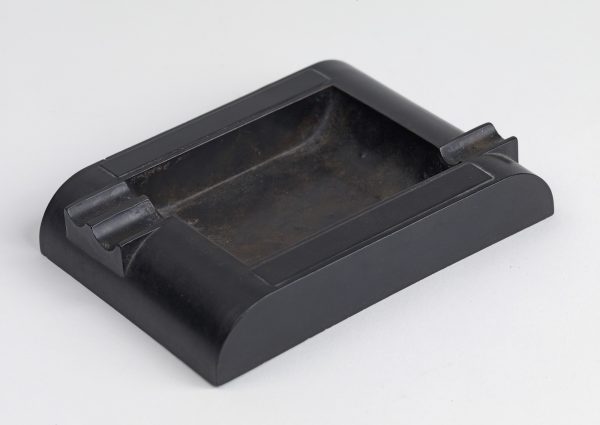 Ashtray
Ashtray
-
 Marsh horseshoes
Marsh horseshoes
-
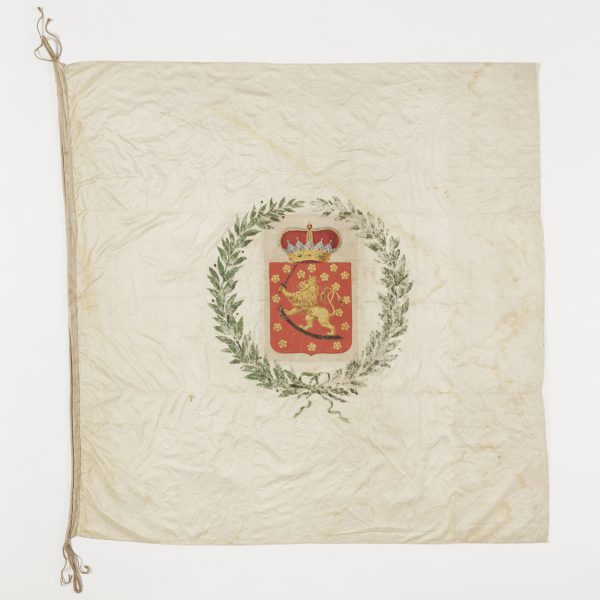 Student Union flag
Student Union flag
-
 Stylish at work
Stylish at work
-
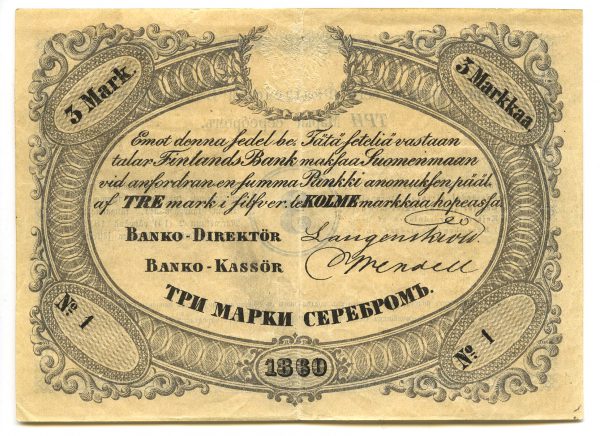 The first Finnish markka ever issued
The first Finnish markka ever issued
-
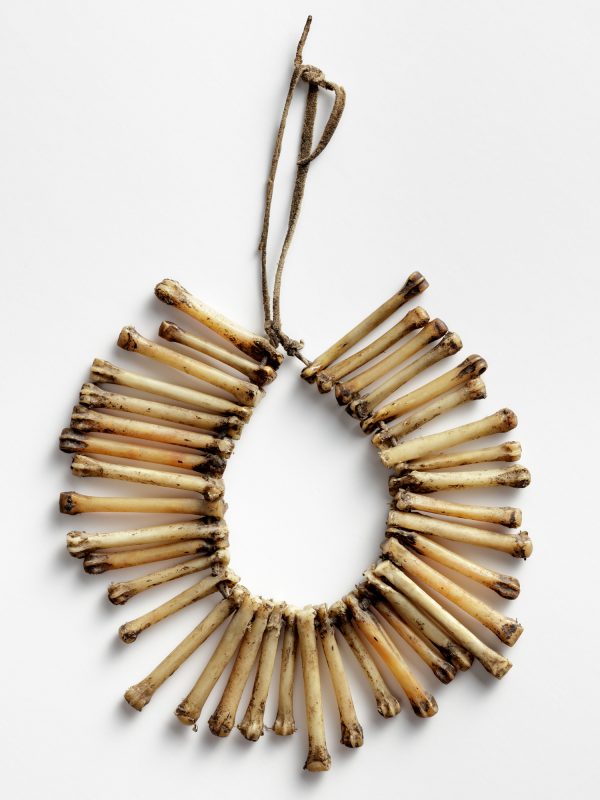 Seer's amulet
Seer's amulet
-
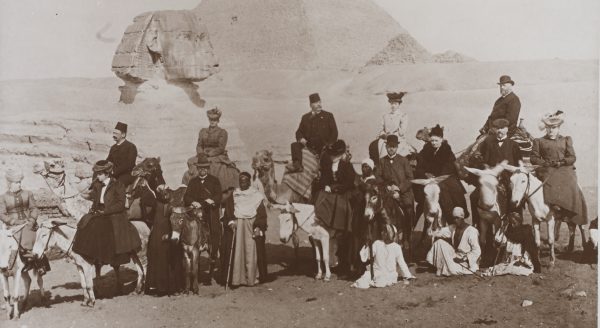 Photopicture from Egypt
Photopicture from Egypt
-
-
2018